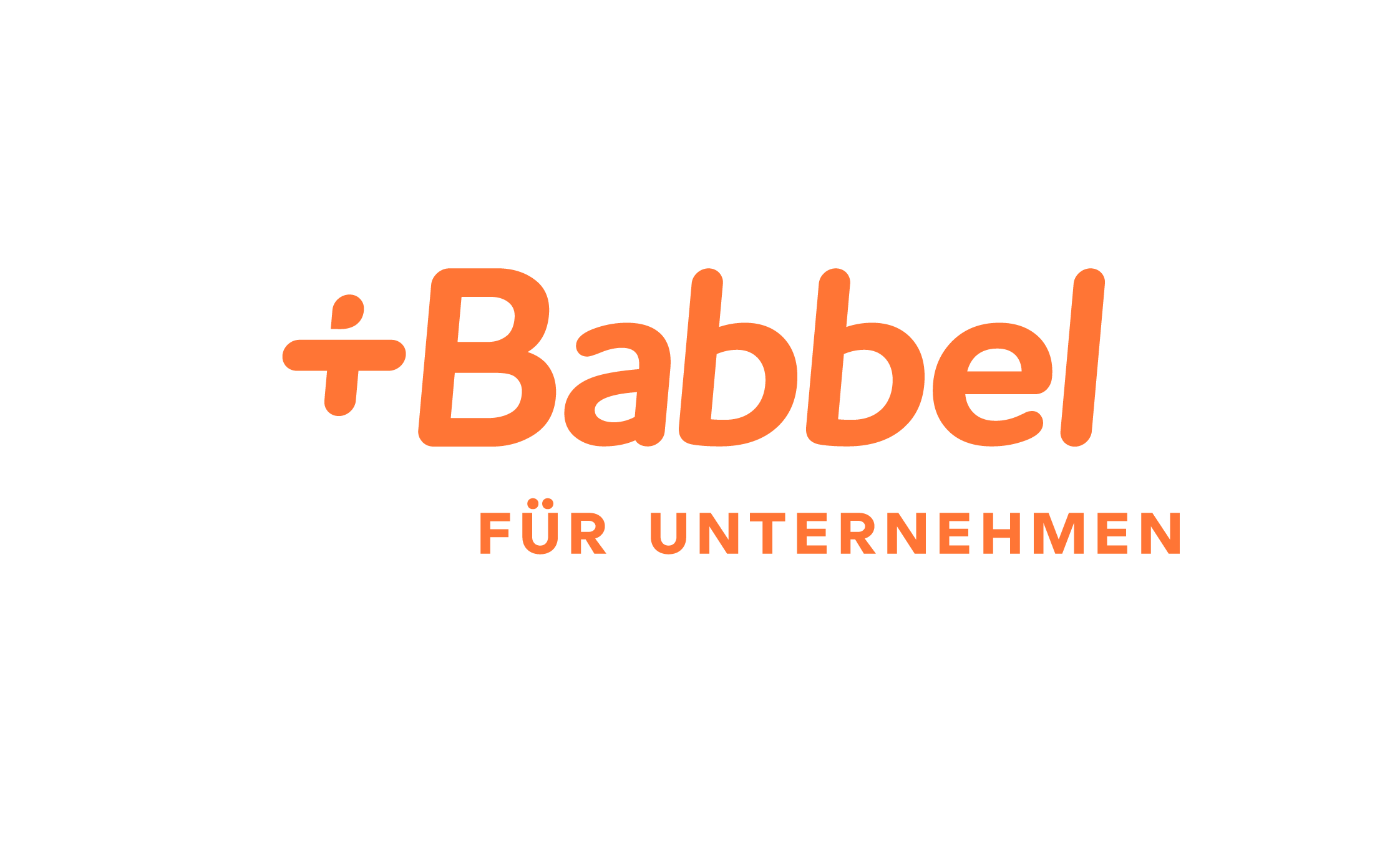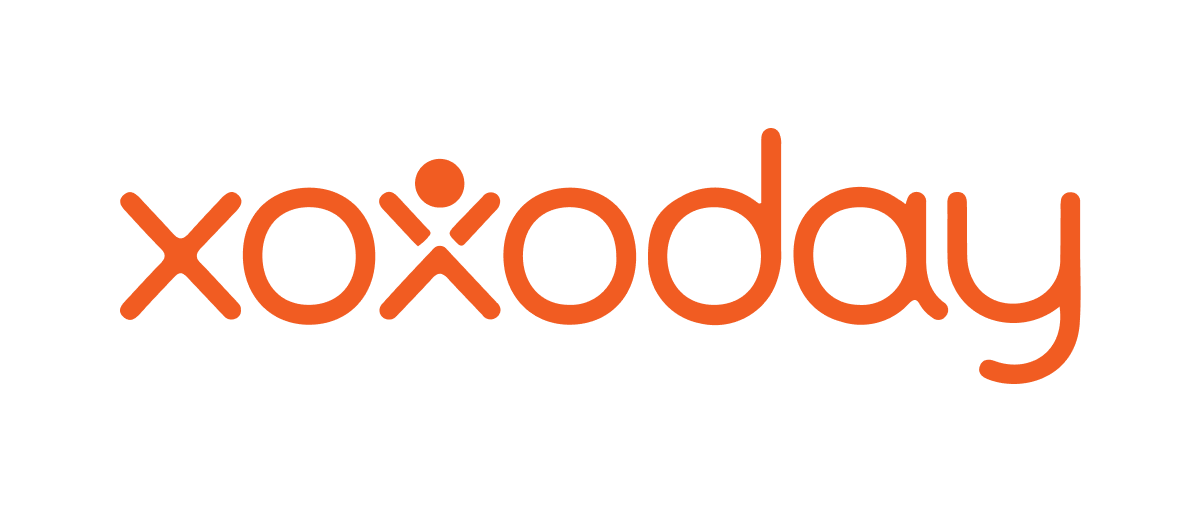Lack of Live Chat
Before HubSpot launched Service Hub—its customer service software—HubSpot’s customer support team used Salesforce and a few custom solutions to provide support to HubSpot customers.
At the time, the customer support team provided support through email and phone. But David Hunt, VP of Global Customer Support at HubSpot, wanted to expand those options to include live chat.“We wanted to allow our customers to contact us in the ways most convenient for them,” says David. “It’s all part of providing the best possible experience for our customers.”
In addition, David saw live chat as an opportunity to increase his team’s productivity.
“Chat is unique because you can have concurrent chats,” explains David. “With phone and email, you can’t necessarily work with multiple customers at the same time.”
A disconnect between sales and service
Salesforce had live chat functionality, but David and his team chose not to use it. They decided to look elsewhere for a solution.
They ended up implementing BoldChat, a third-party solution.
BoldChat gave David the live chat functionality he wanted, but it did nothing to facilitate greater synergy between support and other key functions, like sales, customer success, and marketing.
With the sales team using HubSpot Sales Hub, the customer support team’s tech stack remained at arm’s length.
“We wanted better integration between our sales organization and our other teams,” says David.
Launch of Service Hub
At around the same time, HubSpot was pouring resources into the development of Service Hub.
When first launched, Service Hub was targeted at smaller companies. But as the development team added more and more features, it became a viable and attractive option for enterprise organizations.
Most importantly for David’s needs, Service Hub had robust live chat features.
Consequently, David decided to switch his team from its Salesforce-BoldChat stack to HubSpot Service Hub in 2019.
“When we cut over from BoldChat to Service Hub we really went all-in on live chat,” says David.
Collaborating with sales
By having customer support and sales consolidated on the HubSpot CRM Platform, David and his team are able to easily collaborate with the sales team.
“Our collaboration with sales has been a great win for us,” says David. “Now, when we identify leads in our conversations with customers, we can seamlessly pass those leads to the sales team.”
The ability to assign leads to different team members, and track them through every step in the conversion process, further contributes to their success.
David is also using Service Hub to set goals for these hand-offs.
He explains:
“Once you know your ticket to lead rate, you can estimate how many leads you should generate per number of tickets. You can set these as goals and see if you’re meeting them because you have visibility end to end. And if you fall short, you can figure out if it’s an issue with the submissions, the volume of sales work, or something else.”
New efficiencies
Just as David hoped, adding live chat as a customer support channel has increased his team’s productivity.
“The efficiencies we’ve gained have been huge,” says David. “It was a big win for our business.”
Most of these efficiencies come from the ability of customer support reps to have concurrent chat conversations.
“Generally, our reps work with two customers at once with chat and have the capability to work with three,” says David.
Real-time reporting and customer feedback
David is also a big fan of Service Hub’s reporting, which gives him real-time insights into the performance of his support team and the experience of customers.
“I can pull up things like agent productivity, customer experience surveys, and CSATs in real-time,” says David.
David’s team is continually implementing new features to get even more insights into the customer experience, including using CSAT surveys in chat.
HubSpot uses these customer insights to inform the direction of the business.
“As an enterprise company, we need to listen to our customers and build that into how we operate,” says David. “Sure, things like productivity and cost savings are important. But customer experience is our North Star.”
Looking to the future
David is excited to see what the future holds as HubSpot continues to develop and release new Service Hub features.
“We’re running more and more native features all the time,” says David. “Plus, there’s a bunch of new stuff launching this year that we’re excited to explore and adopt.”
$2.3 Million Saved in Annual Headcount
Since doubling down on Service Hub live chat, the customer support team has increased its productivity by 1.6x.
These productivity gains have allowed HubSpot CRM to reinvest $2.3 million that would have gone into headcount into other aspects of customer success.
Additionally, HubSpot’s customer support team has helped generate $38 million in recurring revenue by their ability to seamlessly pass leads to the sales team.
In fact, David calculates the customer support team helped the sales team generate $20.2 million in recurring revenue in 2020 alone.
“It’s all made possible by having all of us on the same platform and visible to other teams,” says David.
At the same time, David has seen higher customer retention rates and faster support ticket resolution—which can be partly attributed to Service Hub.
“Our customer success team has gotten so much better in so many ways,” says David. “And Service Hub has played an important part.”











.png)
